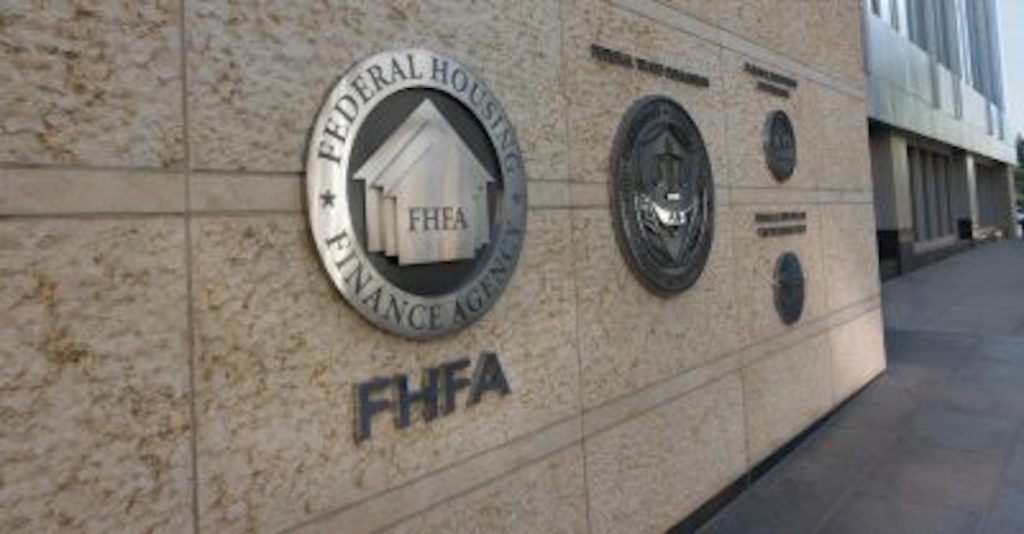The Federal Housing Finance Agency (FHFA) has extended forbearance options for multifamily properties through the end of September.
The options to put off debt payments for federally-backed multifamily properties had been slated to expire at the end of June. The regulator also extended protections for tenants that property owners must adhere to in order to access forbearance.
In a prepared statement, FHFA director Mark Calabria drew attention to the uneven pandemic recovery. Job losses in the service industry sector severely impacted renters, while those who have been able to maintain their jobs remotely have fared much better.
“While Covid-19 cases are declining and many homeowners continue to emerge from forbearance, many renters, who are unable to benefit from rising home prices, have not financially recovered from the pandemic,” said Calabria.
Homebuyers who were able to snag homes in more affordable areas during the pandemic have lowered their housing costs even further, a recent Redfin study found.
How proactive communication can reduce the risk of foreclosure
As borrowers impacted by COVID-19 continue to exit mortgage forbearance, now is the time for lenders and servicers to be proactive in their borrower outreach to reduce foreclosure volume.
Presented by: Computershare Loan Services
FHFA made it clear that federal forbearance options include some caveats for property owners, in the form of protections for tenants.
While their debt payments are on hold, property owners must notify their tenants of those protections.
During forbearance, property owners can’t evict tenants solely for non-payment of rent. Landlords also can’t charge late fees or penalties for non-payment of rent. They must also give tenants flexibility to repay the rent over time, not necessarily in a lump sum. If property owners do evict, they must give tenants at least a month’s notice to leave.
More than 11 million Americans are estimated to be behind on their rent, and minorities are at a higher risk for eviction than White renters, according to data from the Private Equity Stakeholder Project.
As of Freddie Mac’s most recent report, there are 1,154 securitized loans in forbearance, representing about 2.1% of the GSE’s total securitized unpaid principal balance. For those whose forbearance has ended, more than 82% by loan count are currently making payments or have fully repaid the money owed. Requests for new or additional forbearance have dropped to just a handful in recent months, the GSE said.
Tenants, who are often in the dark about the financing of the building where they rent, can use the respective GSE property lookup tools to find out whether their building is federally backed.






